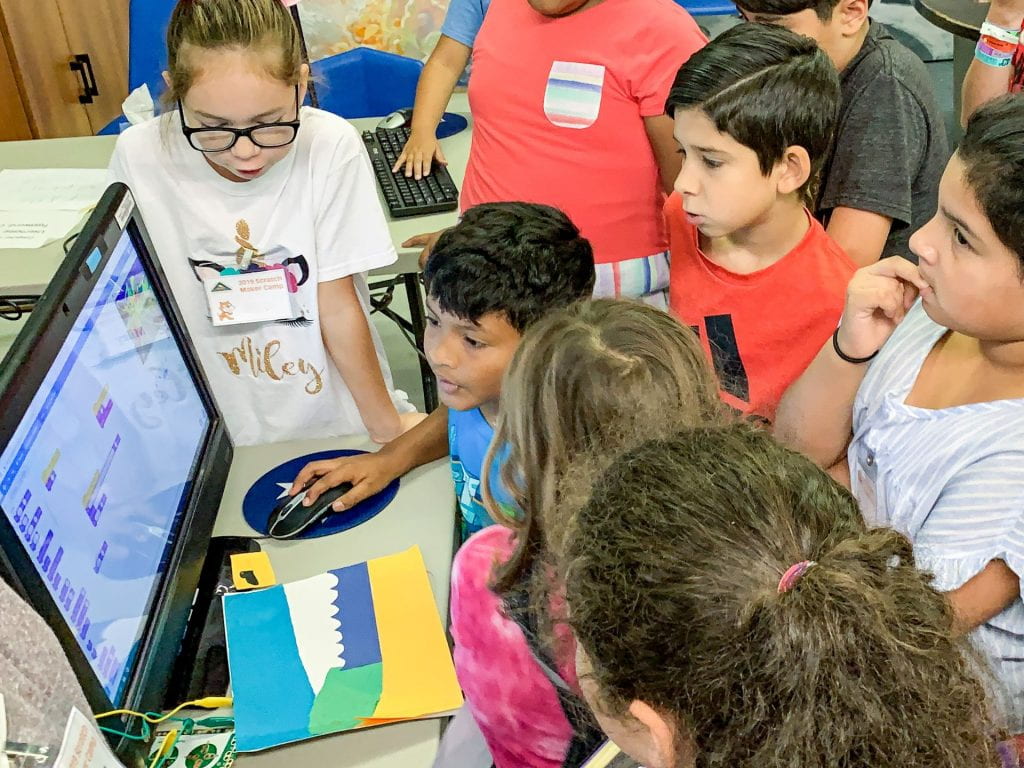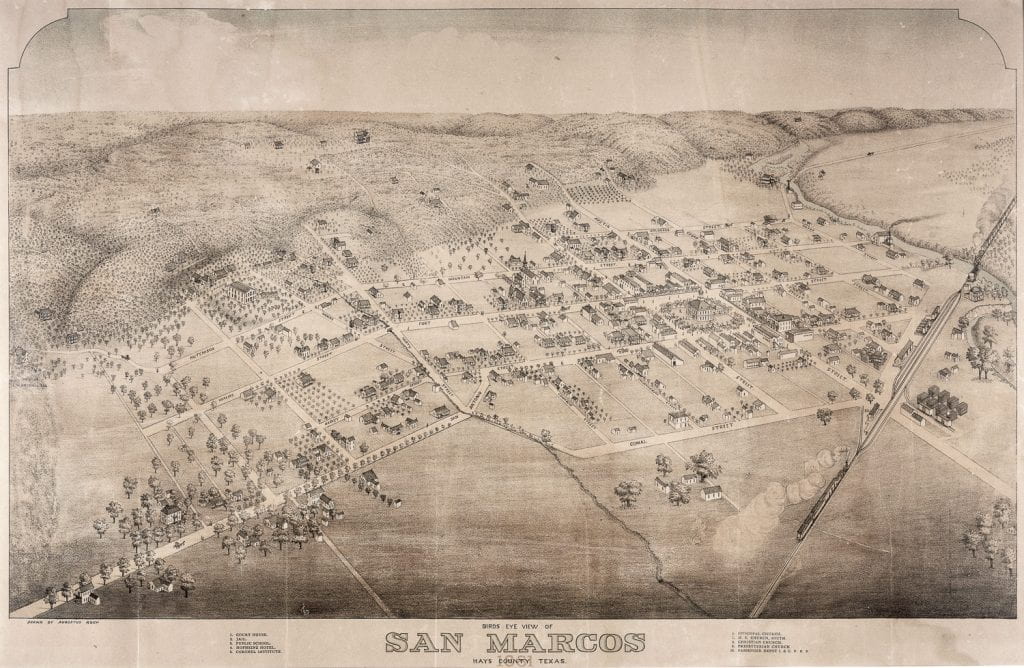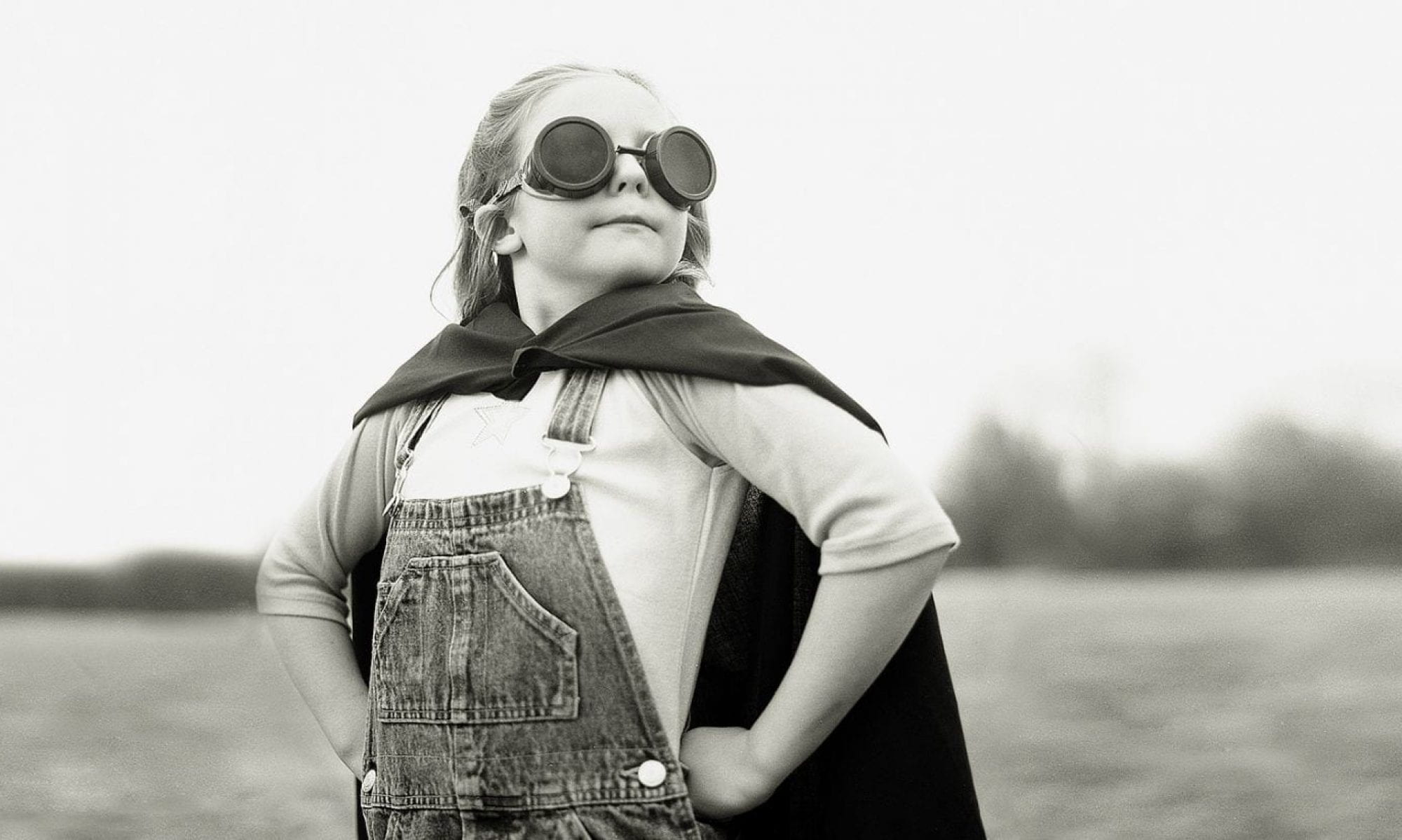Community partners

Centro Cultural Hispano de San Marcos
ACCEYSS Network of STEM learning partners
San Marcos Consolidated Independent School District (SMCISD)
Crockett Elementary School
De Zavala Elementary School
Hernandez Elementary School
Travis Elementary School
Alkek One at Texas State University
Subscribe to our community partners and watch for playshop notifications on social media.
Our Town: San Marcos, Texas

San Marcos traces its history to a system of freshwater springs that have never gone dry, with evidence of habitation stretching back 11,000 years. In the early 1800s, Mexican ranchers and farmers settled in the Central Texas region because of the Camino Real, a network of Spanish wagon routes that crossed Texas from west to east. That same network of trails later brought immigrants westward from the United States, setting the stage for rivers of asphalt like Interstate 35, which runs north from Laredo, Texas, at the Mexican border, through San Antonio, Austin, Dallas, and all the way to Duluth, Minnesota .
Today, the growth in Central Texas casts it as a mega-region, blurring distinctions between urban and rural communities as the Interstate has shifted from Main Street to high speed by-pass. In fact, however, in the eyes of municipal and corporate planners, San Marcos is barely distinguishable from Austin or other communities in the metro area.
This history of cultural ebb and flow informs the design of FLT’s playshops. To increase participation for the whole community FLT invites families, students, and teachers to explore the cultural relevance of their stories, games, art, and science. As we tell stories and make art together with computational tools and materials, acquiring computational thinking skills and practices in the process, this grounding in our shared history connects our learning to self-efficacy and helps build a healthy community.
